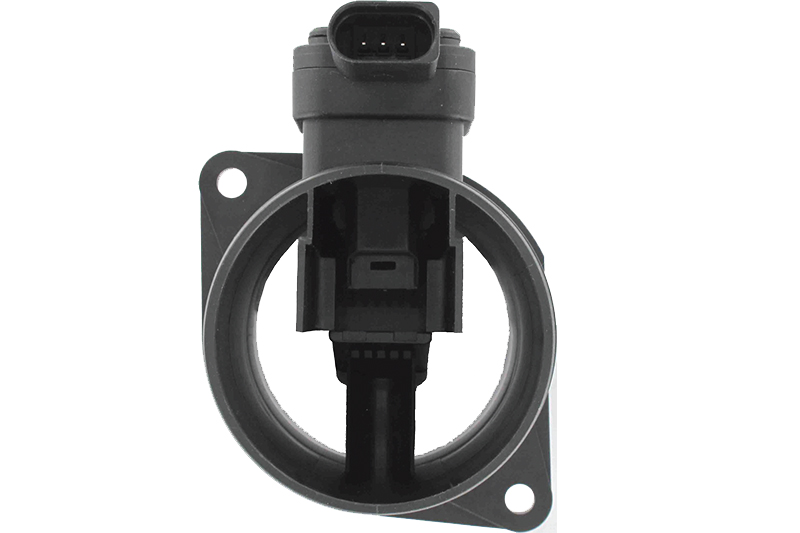
SMP Europe’s Engineering Director, John Wass, delves deeper into the role of fuel vapour valves, why and how they fail, and gives tips on replacement.
A relatively new component, a fuel vapour valve (FVV) is an electronically-heated glow plug, situated prior to the catalytic converter in the exhaust gas stream. Its main purpose is to improve the regeneration process of the diesel particulate filter (DPF) and reduce harmful emissions from the exhaust system.
SMP Europe’s range of original fit FVVs is designed to eliminate clogging and avoid oil dilution, therefore improving fuel economy and reducing the risk of engine breakdowns.
The components also require less mixing length than a traditional injector, and do not require any specialist tools to diagnose or fit. All part numbers in the range are said to provide efficient diesel distribution and low back pressure.
Emissions legislation
The 1992 European Union regulations were created with the aim to improve air quality, and the implementation of the 2009 Euro 5 emissions standards mean that DPFs became mandatory.
DPFs are proven to capture approximately 99 per cent of all particulate matter, and cars that meet the Euro 6 emissions standards emit the equivalent of one grain of sand of particulate matter per kilometre driven.
FVVs not only assist in the production of cleaner emissions, but also play a key role in extending the life of the DPF, it is believed that 80 per cent of Ford DPF problems stem from FVV failure. As such, the demand for replacement parts in the aftermarket has grown substantially in recent years.
Diagnosing a faulty FVV
If a fuel vapour valve fails, DPF regeneration can be affected to the point where it stops occurring. Usually this will illuminate the engine management light on the vehicle’s dashboard or bring up a service message.
Fault codes generally point to a DPF issue, with the vehicle entering limp mode or limited power mode until the fault is repaired.
Common fault codes for Ford vehicles (highly prone to FVV failure) are: P246B- 00: Vehicle Conditions Incorrect for DPF Regeneration, P2463-00: DPF – Soot Accumulation, and P24A4-00: DPF Restriction – Soot accumulation too high (Bank1).
SMP Europe’s range of FVVs
SMP Europe has a growing range of OE quality FVVs, with 16 part numbers currently available covering Ford passenger and commercial vehicles, as well as Citroen and Peugeot vehicles that utilise Ford’s systems.
Replacing FVVs
- Locate the FVV
- Unscrew the union nut. Occasionally the nut will be rusted and will not turn. It is recommended to first try WD40, or heat to loosen the nut. However, a saw can be used to remove the main body – the FVV will not be used again and will be disposed of post removal anyway
- When removed you will see the nozzle of the FVV clogged with particulate matter
- When fitting the replacement FVV, the notch on the nozzle needs to be aligned properly with the exhaust before it can be inserted
- Tighten the nut to the appropriate torque.
- Feed the fuel lines along and reattach electrical connections
- Before the vehicle is used, it is recommended to test the new FVV with a diagnostic system to ensure it is functioning correctly









